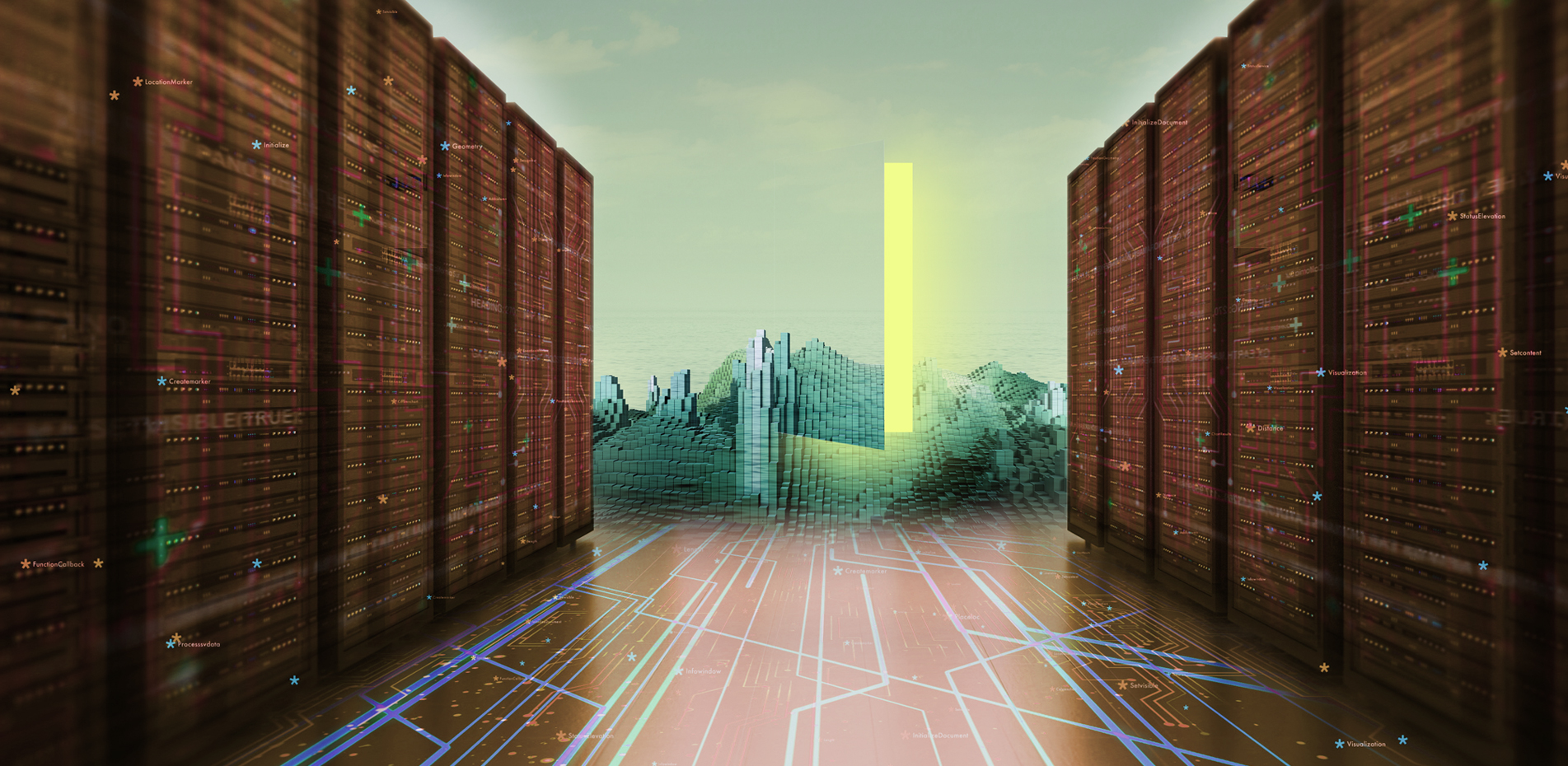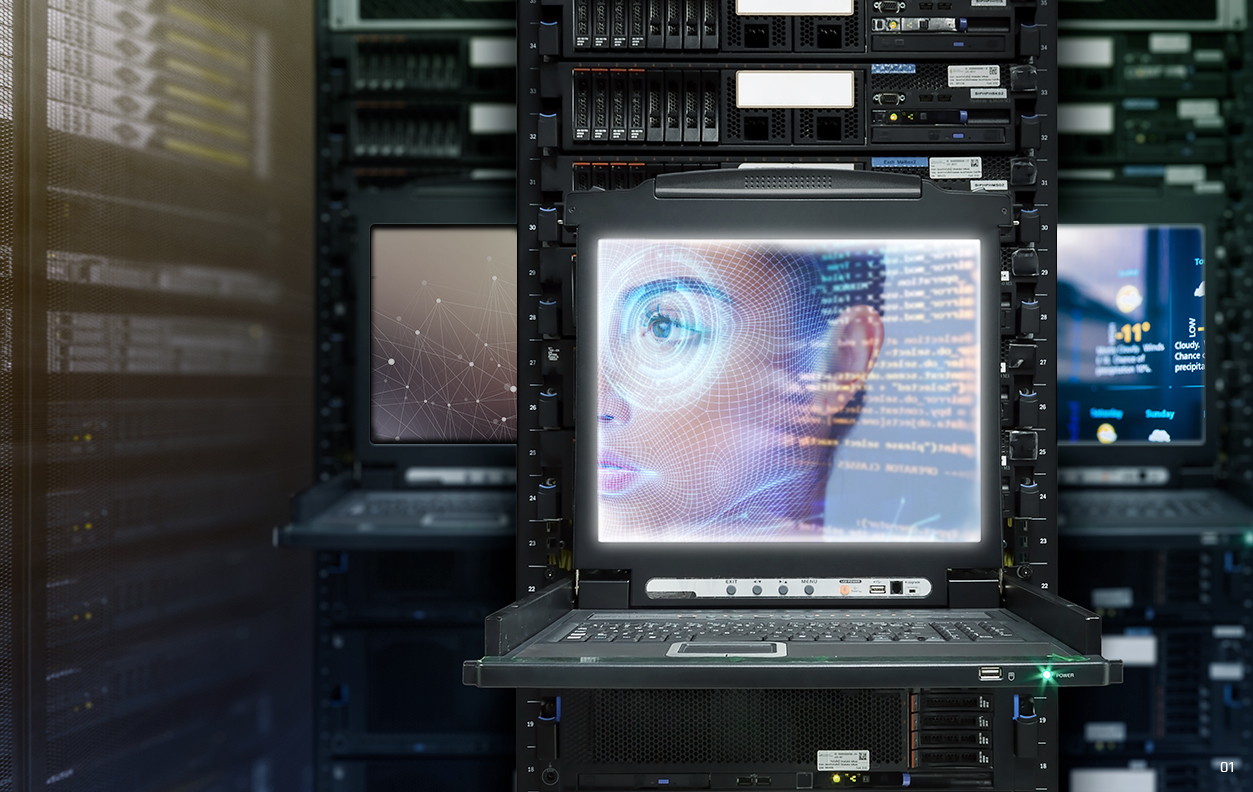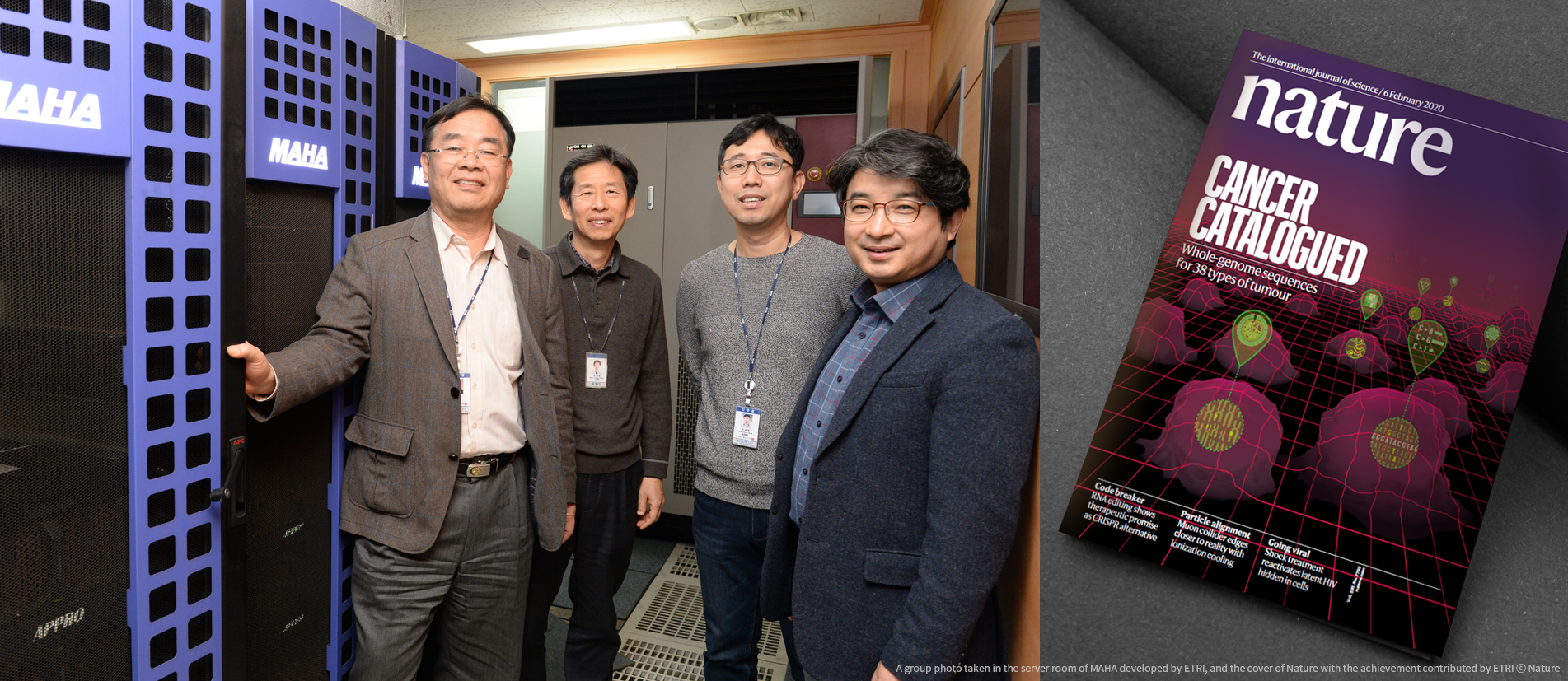
-
How is the
Computing Power of
Supercomputers? -
Elon Musk, a renowned scientist and businessman, has long believed that the world is a kind of computer simulation. At one conference, he said, “There is zero possibility that the world we live in now is actually reality.” What he actually means is that our world is like one that is simulated in a computer game. From the creation of the space and simulating human evolution to completing a map of the cancer genome - all of these development will only be possible with supercomputers.
Interest in supercomputers has been increasing in line with with exponential advance of AI and the IoT. Supercomputers play pivotal roles in tasks requiring complex computations, such as weather forecasting, quantum-mechanical simulations, and the decryption of codes. All this makes the computing speed of supercomputers their most important attribute.
The common measure of comparing computing speed is IPS (Instructions Per Second). IPS stands for the number of commands that can be processed in one second by a CPU. In the case of a CISC (Complex Instruction Set Computer), IPS cannot be precisely identified as the commands require different lengths of time depending on their type. Also, different types and volume of data require different processing speeds. As the speed may vary for the same data and commands if their sequence changes, we need a new index other than IPS to compare the performance of computers.
Enter FLOPS (Floating Point Operations Per Second)! This means the number of floating point operations that a computer can handle in one second; and the floating point is how the computer represents a very large or small number. The location of the point can be flexibly changed, making it possible to adjust the number of digits before and after the point.
The most powerful supercomputer in the world in terms of FLOPS is Summit of IBM at 207 PF, where 1 PF refers to a processing capacity of 1,000 trillion (10 to the power of 15) operations per second. In other words, Summit can run 20 quadrillion 2,000 trillion operations in just one second.
-
Supercomputers
Also known as the HPC (High-Performance Computer),
which is capable of making rapid calculations and
processing large amounts of data for an extended
period thanks to the best performance in its generation
(especially its computing speed).

-
01
Supercomputers are now being used to conquer
cancer, one of the biggest threats to human health,
as well as to analyze outer space
-
Building a Map
of Human
Cancer Genomics -
Supercomputers have enabled us to simulate the structure of outer space as well as its origin and evolution. Furthermore, we have started working on genomics analysis in a bid to beat cancer, one of the biggest enemies of human health. Nature, the global science journal, featured a special article (on the 6th of last month) which stated that a group of notable scientists had managed to decode the human cancer genomics. This means that a map has been built by analyzing the human genome.
The research is highly meaningful as MAHA, the supercomputer developed in-house by ETRI, made a big contribution to this outcome. Such an achievement in decoding the human genome will open a new and innovative path to eliminating cancers in an unprecedented manner.
Notably, MAHA provided high-performance cloud computing services for genome analysis to the ICGC (International Cancer Genome Consortium) from November 2013 to the end of 2017. ETRI basically supported the scientists with a direct supercomputing infrastructure, in conjunction with other renowned global institutes.
MAHA provided a storage capacity of 1.3 PB (petabytes) and a CPU computing capacity of 800 cores to the ICGC and its researchers. MAHA originally focused on the large storage technology at a reasonable cost based on high-performance computing in preparation for the genome analysis of all Koreans. Global researchers utilized HPCs from eight institutes including ETRI to decode 2,658 types of cancer genome from 38 tumors. Furthermore, Korean medical researchers joined the project and provided samples of lung, blood and breast cancers.
-
Nature
One of the most prestigious science
journals in the world.

-
The Competitiveness
of Supercomputers
Will Be Essential in the Future -
Supercomputers are already being put to great use in diverse fields, and most particularly in weather forecasts, including those of the Korea Meteorological Administration (KMA). Supercomputers observe the environment via satellites, and collect and process data in order to produce weather information. The more powerful supercomputers are, the more accurate weather forecasts will be. Institutes researching mathematics and physics also use supercomputers for complex calculations. Recently, they have been used in such areas as genetics, oil exploration, the development of new drugs, computer simulations for designing and producing automobiles, and safety verifications of nuclear reactors.
The performance of AI, one of the core technologies in the era of the Fourth Industrial Revolution, goes hand in hand with that of hardware, and supercomputers have also entered the limelight as hardware for addressing the performance requirements for the effective implementation of AI. Supercomputers also are critical in the analysis and use of big data They are essential for accurately and quickly processing huge amounts of data. Big data are widely used to identify consumer responses and to establish marketing strategies. As such, supercomputers are indispensable - rather than optional - to the ultra-rapid processing of data.
Recognition of these important roles has led to fierce competition between advanced countries to boost the performance of supercomputers. The two most advanced countries in this field are the U.S. and China. In the list of the Top 500 supercomputers at the end of 2019, Summit and Sierra of the U.S. occupied the 1st and 2nd places, followed by Sunway TaihuLight and Tianhe-2A of China in the 3rd and 4th places. Meanwhile, Nurion, the 5th Korean supercomputer, ranks 14th. Observers in the industry have asserted that Korea is quite competitive in the arena of supercomputers, but that it still needs to equip itself with sufficient independence in terms of enhancing the performance of AI as well as national science and technologies.
-
ICGC
(International Cancer Genome Consortium)
An international science research organization
established to coordinate a large-scale cancer
genome study for the 50 most prevalent cancers.
-
03
Supercomputers that collect and process
climate data to produce weather forecast
information. 

